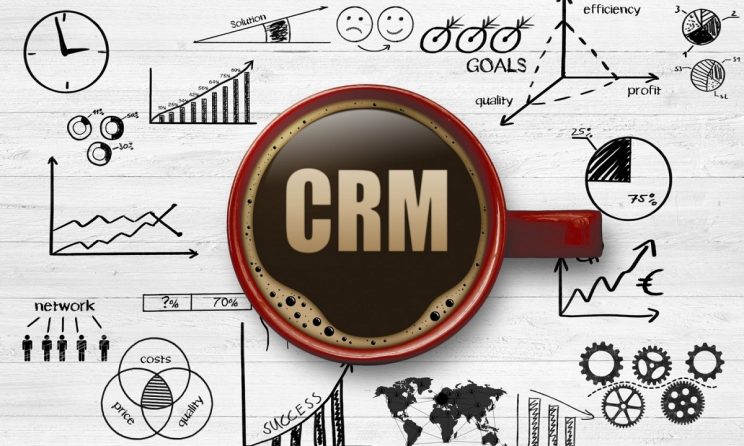
Table of Contents
- Do more in less time
- No More Manual Reporting
- Enjoy on the Go Access
- Streamline Pipelines
- Enable Marketing Coordination
1. Do more in less time
Improved productivity has always been touted as a CRM tool benefit. Sadly, early editions and difficult execution fell short of that promise. But newer CRM tools have come far. For sales reps, most CRM tools easily integrate with Outlook and Gmail.
With the right integrations, a salesperson can work with hundreds of prospects in a day and never leave their inbox. Email templates, sales collateral repositories, call recording functionality, and calendar management links are all new features that sales is expecting.
2. No More Manual Reporting
Do you still fill out daily or weekly activity reports or update Excel sales forecasts?
CRM tools are better. Management should always be able to access information if salespeople enter their notes and update all relevant data fields in CRM. Your boss will never have to remind you to update your forecast.
There are usually options for canned and custom reports. Canned reports are pre-configured and easy to get, but they typically only include basic industry metrics (sales forecasts and revenue). These insights are valuable, but may not meet your company’s reporting needs. Custom reports can include unique factors or combine data sets to uncover underlying causes and correlations.
3. Enjoy on the Go Access
Mobile CRM gives salespeople mobile access to client data and accounts. Access to critical information like product information, account history, pricing lists, etc. helps sales reps make informed decisions and respond quickly to leads. Less time is wasted looking for contacts and trying to recall previous chats, allowing for more productive and meaningful conversations.
Assume you are at the client site and your CRM mobile app updates you on a new lead assignment. The lead is in your area, so ask for a one-on-one meeting.
4. Streamline Pipelines
For 27% of salespeople, a long sales cycle is a major impediment to sales efficiency. A CRM is the best way to track sales pipeline leads.
In addition, it organizes the entire lead database. It helps salespeople develop efficient lead-moving techniques and alerts them when a lead moves up a sales stage. A CRM allows you to see, manage, and analyze the entire pipeline. No more quarter-end surprises.
5. Enable Marketing Coordination
A consumer expects nothing less. Sales and marketing teams must work together to build client relationships. To keep customers and increase revenue, sales and marketing must work together.
In real time, a CRM keeps marketing and sales departments on the same page. CRM marketing automation tools allow marketing to send ready-to-sell leads to sales without manual review. The sales team can then follow up. They strike quickly, knowing the prospect’s previous brand interactions.
With these features, a CRM becomes an essential tool for sales management. But a CRM isn’t enough.